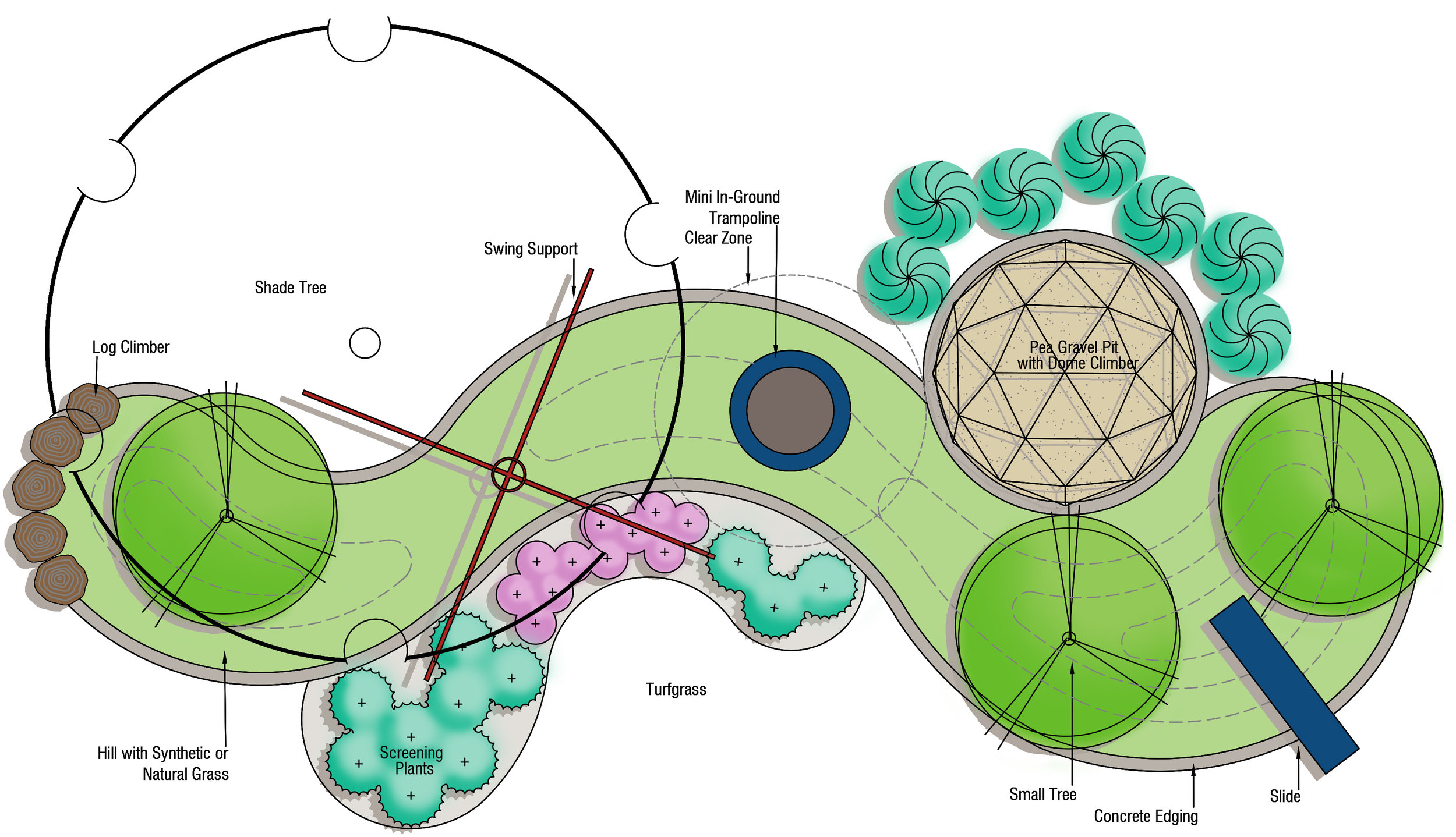Go Play Outside!
How many times did you hear your mother say that when you were growing up? I was lucky enough to have a mother that said it often and backed it up from time to time by opening the door and ushering my sister and me out. Amazingly with NO PLANNED ACTIVITY. I know, that’s crazy talk right? We were left to fend for ourselves. Now before you think we were being abused, I can assure you my mother had our best interest at heart. We managed not only to survive but to thrive. We had fun using our imaginations and whatever we could find in the great outdoors of our own backyard. We built forts, climbed in trees, or thoroughly destroyed the patio making a “country store” or “office”. We had a swing set and a playhouse but we had the most fun in the trees or with a mound of dirt concocting play pretend scenarios of all kinds.
The Benefits of Time Outside
Little did we know how beneficial that time outside was. We learned to use our imagination and at the same time we were connecting to the natural world around us. Today’s play time is bombarded with screen activities that keep us rooted inside. A lot of the content on these devices could be considered educational but a vast majority is not and what is more concerning is our loss of connection to nature. Multiple studies* have highlighted what we already intuitively know, time spent in nature reduces stress and increases our sense of well being. For children there seems to be an added benefit of helping them focus once they return to the classroom or other indoor activities.
*Sources: Wells, N.M. (2000). At home with nature - Effects of "greenness” on children's cognitive functioning. Environment and Behavior, 32, 775-795. Ulrich, R. S. 1979. "Visual Landscapes and Psychological Well-Being." Landscape Research 4(1): 17-23.
This article contains affiliate links to products. I may receive a commission for purchases made through these links. As an Amazon Associate I earn from qualifying purchases.
Options for Today
How can we find ways to spend more time outside and experience these benefits? I have asked myself this question many times as I looked for ways to encourage my own children to spend time outdoors. A swing set or playhouse can be a lot of fun but I wanted a small creek bed or a hill for them to climb and of course those items were nowhere to be found in my suburban backyard. We are lucky that design trends in outdoor play spaces are starting to shift to more natural play areas like Kyle Warren Park in Dallas, Texas pictured below.
Klyde Warren Park, Dallas Texas
Conceptual Sketch of “Creek Bed” Play Area
Elements of a Natural Playscape
With hillside slides, log balance beams and crawl through tunnels the natural play area options are almost endless. As a landscape architect I was up for the challenge of creating play areas in the landscape and the first concept was for my own back yard. With a simple dry creek bed, boulders to climb on and a pea gravel “sandbox” it fit easily in our small back yard. Water flow was provided from an old style hand pump connected to rain barrels. It didn’t take long for the idea to grow and other natural playscapes were created that incorporate both built and natural elements. I encourage anyone looking to make this backyard investment to work closely with a designer to develop a plan but if you prefer to make it a DIY project here are a few tips to keep in mind:
Make sure the items you incorporate fit the skill level of the children but also give them room to grow. For example, a hillside for toddlers should stay in the 18” range but can be much larger for older children.
Don’t be afraid to add synthetic surfaces like artificial lawn or rubber tiles. They might be necessary to maintain the well loved space. They won’t detract from the natural feel of the space and will reduce maintenance in the long run.
Incorporate plants and work around existing mature trees whenever possible. Tuck the new play items into an existing flower bed or adjust the planted space to work around the new play area. You’ll notice in the Klyde Warren Park (above) trees are planted directly into the bermed hillsides.
Always keep safety in mind. Avoid sharp edges especially in areas around elements that children will be using to jump off. For more safety guidelines refer to the Public Playground Safety Handbook.
If you have been looking for an alternative to the usual outdoor playscape options then I hope these ideas inspire you to create a space in the garden for child’s play. It won’t take long before you will be telling your own children to, “go play outside” with the confidence that they will be met with the perfect place for their own outdoor adventures.








